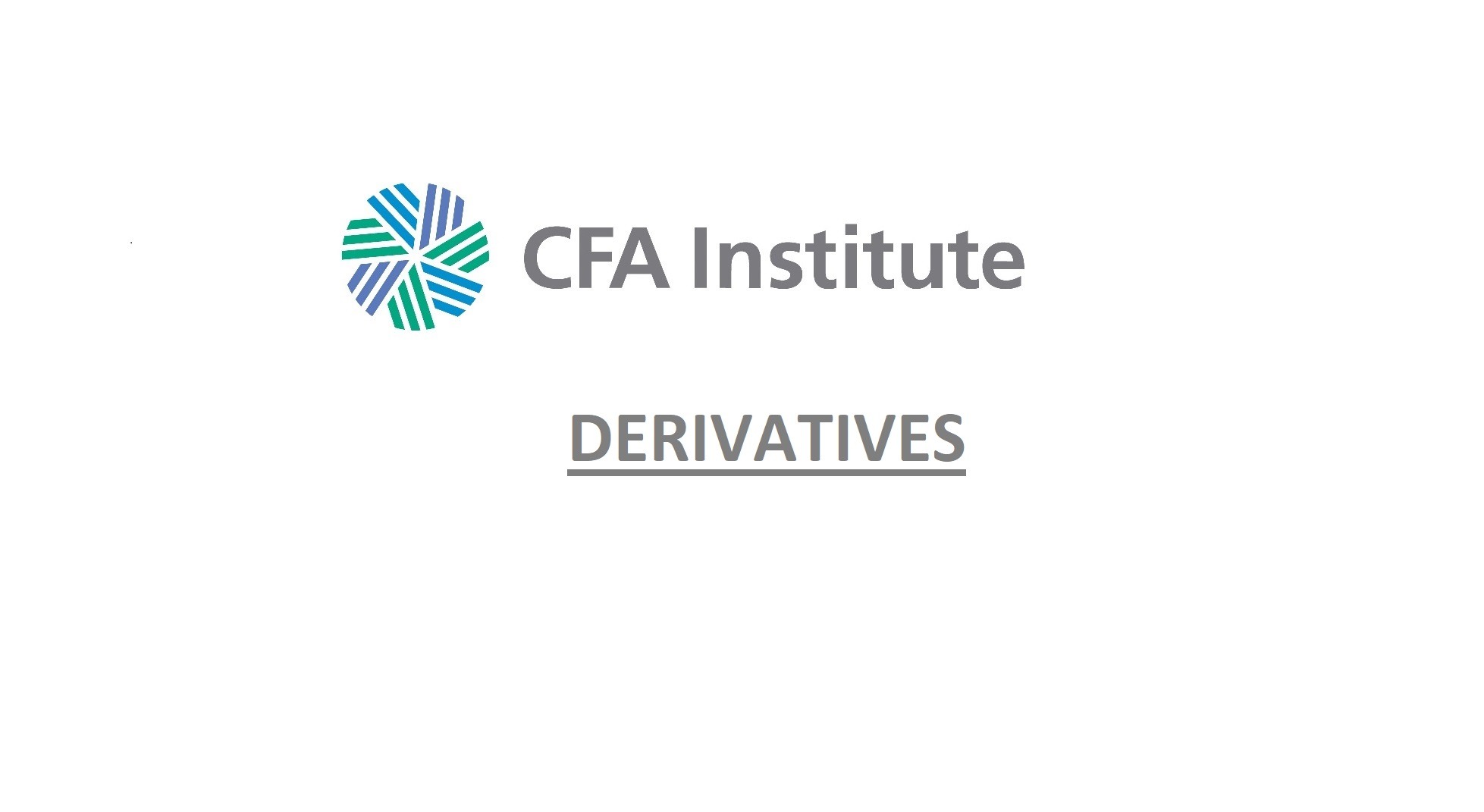In practice, if implied volatility is computed for actual traded options on a particular underlying (e.g. a stock) the option prices for different expirations and strike prices are likely to imply differing values of volatility (and implied volatilities likely differ between calls and puts, too).
Implied volatility is not observable per se, but it is derived from an option pricing model—such as the Black–Scholes–Merton (BSM) model—and it is value that equates the model price of an option to its market price.
Implied volatility is often compared with realized volatility (i.e., historical volatility), which is the square root of the realized variance of returns and measures the range of past price outcomes for the underlying asset. To calculate the historical volatility for the given option, stock, or equity index, a series of past prices is needed.
Holding expiration date constant, there are two often-observed patterns in the relationship between implied volatility and strike price:
- A volatility smile is where the further-from-ATM options have higher implied volatilities, so we would see a U-shaped (smiling) curve if implied volatility were plotted against strike.This is less common, however, than volatility skew.
- A volatility skew is where implied volatility increases for more OTM puts, and decreases for more OTM calls. This is explained by OTM puts being desirable as insurance against market declines (so their values are bid up by higher demand, and higher values imply higher volatility), while the demand for OTM calls is low.
Implied Volatility Curves for Three-Month Options on FTSE MIB

Deviations in the skew from historical levels can be used to draw conclusions about market sentiment:
- A sharp increase in the level of the skew, plus a surge in the absolute level of implied volatility, is an indicator that market sentiment is turning bearish.
- Higher implied volatilities (relative to historical levels) for OTM calls indicate that investors are bullish, so the demand for OTM calls to take on upside exposure is strong.
Deviations that are expected to correct could form the basis of trading strategies, which might involve the use of risk reversals.
A long (short) risk reversal combines long (short) calls and short (long) puts on the same underlying. A risk reversal trade is profitable if the implied volatility of the the put is too high relative to the implied volatility of the call. The trade will be profitable if the implied vol of the put decreases or the implied vol of the call increases. It is a directional trade.
For example, if a trader believes that put implied volatility is relatively too high, compared to that for calls, a long risk reversal could be created by buying the OTM call (seen as relatively underpriced) and selling the OTM put (seen as relatively overpriced) for the same expiration. This would create a broadly long exposure to the underlying, which could be problematic. This position can be delta hedged after to limit exposure only to the gamma of the positions.
A delta hedge is when the size of the position on one side of the hedge is adjusted to compensate for the delta of the position on the other side. 1,000 shares’ worth of options with a delta of 0.3 are delta-hedged by 1,000 × 0.3 = 300 shares.
Note that the delta of the risk reversal will not stay constant (for example it changes as the stock price changes, and as time passes) and the size of the delta-hedge position will need to be adjusted (this is typical of delta hedges; they are dynamic hedges and require periodic rebalancing).
Finally, be aware of two further pieces of terminology:
- There is a term structure of volatility, where implied volatilities differ across option maturities (contango is quite common, with longer-dated options having higher implied volatilities).
- An implied volatility surface uses a three-dimensional graph, with implied volatility on the z-axis, to examine the joint influence of maturity (x-axis) and strike price (y-axis).
